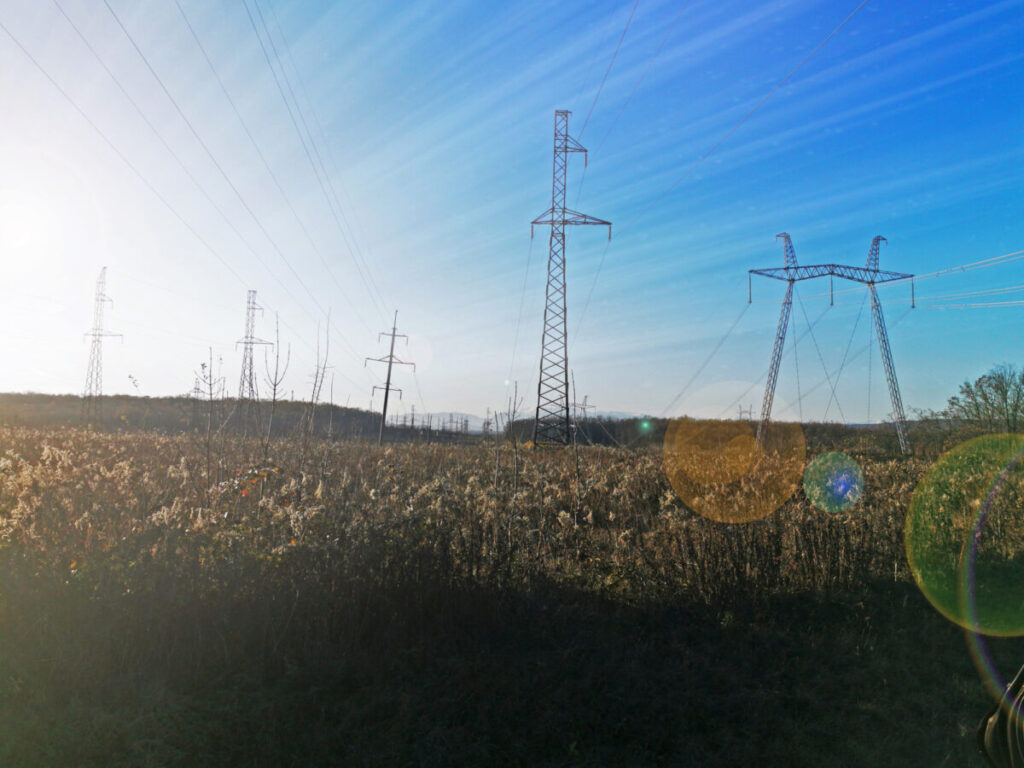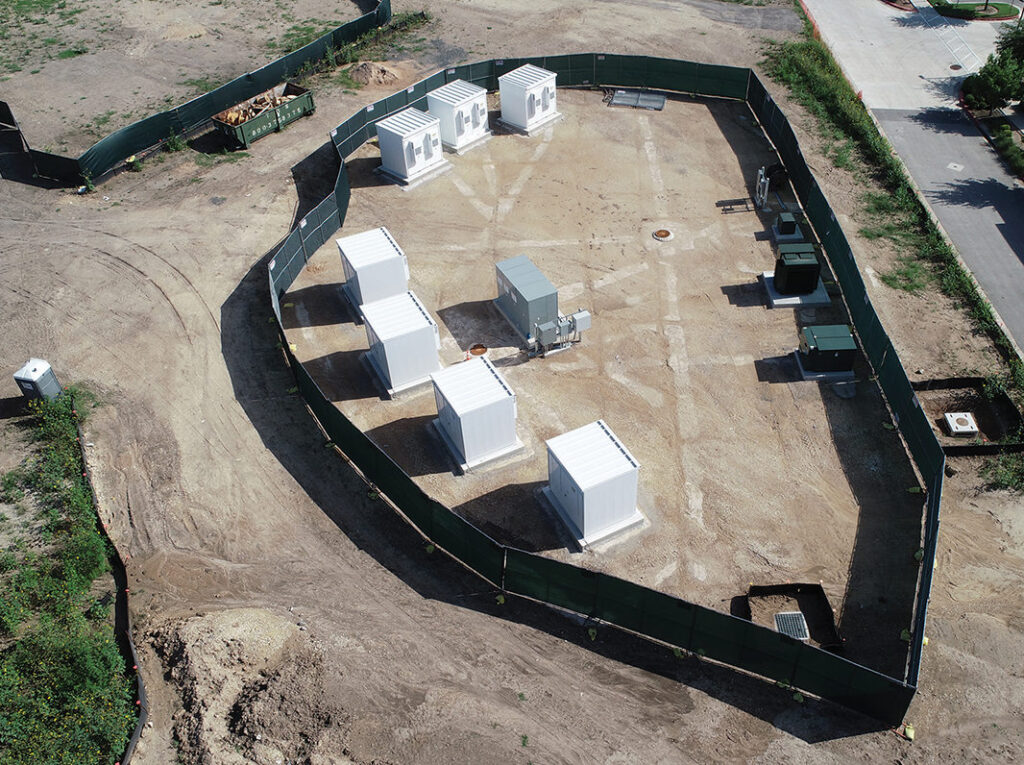Electrification Load Forecasting

Abstract
As new trends emerge in the ever-evolving electrification environment, electric utility operators need to adapt their distribution networks to account for the new supply and demand on their networks. To account for the changes, operators have been using load forecasting tools to determine the correct sizing of new substations, transformers or other equipment feeding demands within their service territory. Load forecasting has become more complicated over the past few decades due to the introduction of renewable resources and changing social patterns regarding how and where electricity is generated and consumed. This article discusses a spatially data-driven approach to load forecasting that helps operators evaluate the impact of some of the changing supply and demand trends.
Electrification Load Forecasting
Electric utility operators adapt their distribution networks, as needed, to account for changes in supply and/or demand within their network. To account for these changes, operators use various load forecasting tools to determine the correct sizing of new substations, transformers and other equipment within their network to meet current and anticipated needs. Due to changing trends, new policies and advances in technologies, traditional load forecasting models used by electric utilities are inadequate to accurately forecast future demand. Currently, distributed generation, electrification of consumer and residential utilities, and increasing adoption of electric technology are quickly impacting the load composition across electric network.
To address this changing environment, ENTRUST has developed a spatially data-driven electrification load forecasting solution to help utilities effectively design their network by evaluating the impact of changing generation and load patterns. Effective load forecasting allows operators to design reliable and resilient networks by sizing new substations, transforms or other equipment within their network to meet current and long-term demands.
Renewable Energy Generation and Distribution
Over the past decade, renewable energy technologies such as solar and wind power generation, have evolved and resulted in lower costs. This has caused these new technologies to become increasingly competitive within our changing society. In addition, advances in battery energy storage systems (BESS) are making renewable energy resources and Distributed Energy Resource (DER) more practical and dependable. Consumers will have the ability to make use of these technologies by using rooftop solar and home battery storage systems. This will result in changes in demand as well as an evolution of the consumer vs. producer relationship. One of the issues prompted by the increased composition of renewable energy on the grid is the destabilization of the supply[1]. The volatility of renewable supply decreases the reliability of the supply on the network. Currently, utilities are trying to adopt battery storage to replace the base supply; however large-scale battery solutions are still in development.
New Demands
As electric utility operators adapt their systems to account for new demands within their distribution network, one of the largest demands they need to account for is the adoption of residential and commercial electric vehicles (EVs). The use of EVs is expected to increase significantly over the coming decades with different type of EVs having different charging requirements. This introduces a geospatial and time-of-day component that impacts the electric capacity and energy consumption forecasts of traditional load forecasting models. EV adoption presents a challenge for the electric distribution system planner to account for when and where EV charging will occur. They need to understand the nature of the new EV charging load and the capacity of the local distribution network to serve this incremental load.
The adoption of EVs is only one of many potential new demands that electric utilities need to account for impacting their network. Another driver of electric load growth includes the increasing adoption and use of electric appliances in lieu of their gas fueled counterparts such as: stoves, furnaces and water heaters. In addition, with the adoption of new electric appliances there has been advancements in technology of appliances, which has improved the overall efficiencies and as a result, has reduced the amount of load on the system needed to run the appliances on a daily basics. With these advances and the continued adoption, it’s impacting the aging electric networks beyond their current capacities.
The ENTRUST Solution
ENTRUST is leveraging its extensive experience using Geographic Information Systems (GIS) and Data Analytics to predict the impact of changing load and generation trends on electric utility distribution networks. The expertise has led to the development of a customized spatially data-driven electrification load forecasting modeling solution for electric utility operators. The solution generates a mathematical model for estimating future demand and supply within the network. These models are based on historic consumption data and factors affecting consumption that could include:
- spatiotemporal factors
- climate/weather
- structural properties (physical/functional)
- future growth over the operating area
- appliance adoption/use
- population/occupancy
- socioeconomics
- traffic patterns
- EV adoption
- renewable energy supply points
- DERs
ENTRUST employs this load forecasting model to conduct scenario-based what-if analyses. The results of the analyses were used to evaluate the overall impact of the specific scenarios that represent the associated probability curves. Furthermore the analysis identifies potential locations that have a higher likelihood to see EV adoption and accounts for new and unique variable demands throughout the distribution network.
Additionally, the analysis evaluates how new renewable energy supply points and DERs impact the overall distribution network. The model can be integrated in electric utilities as a stand-alone module to indicate the changes in loads that are applied to the existing system spatially. It can then be integrated into the existing utility system planning tools that are using their existing system planning methodology.
Conclusion
As new trends and technology are developed, electric utility operators need to start adapting their current electric load forecasting analysis to account for these changes within their distribution network. There will be significant impact on utility networks, especially because EVs are expected to become the dominant transportation technology over the coming decade. Rather than concentrated in specific locations such as gas stations, EV charging is expected to be geographically widespread with charging available at the office, in the home, and at retail locations such as shopping malls and restaurants. This will be truly revolutionary and place burdens on the electric network.
Using spatially applied electrification load forecasting modeling will help electric utilities prepare for this ever-changing environment by estimating future demands and supplies. This modeling technique will help electric utilities anticipate the changes in their networks and plan for any necessary infrastructure changes. ENTRUST offers a full set of GIS, data analytics and electric system engineering tools to help electric utilities meet this exciting challenge.
[1]Oliver Smith; Oliver Cattell; Etienne Farcot; Reuben D. O’Dea and Keith I. “The effect of renewable energy incorporation on power grid stability and resilience” Science Advances Mar 2, 2022 Vol 8, Issue 9 www.science.org/doi/10.1126/sciadv.abj6734





